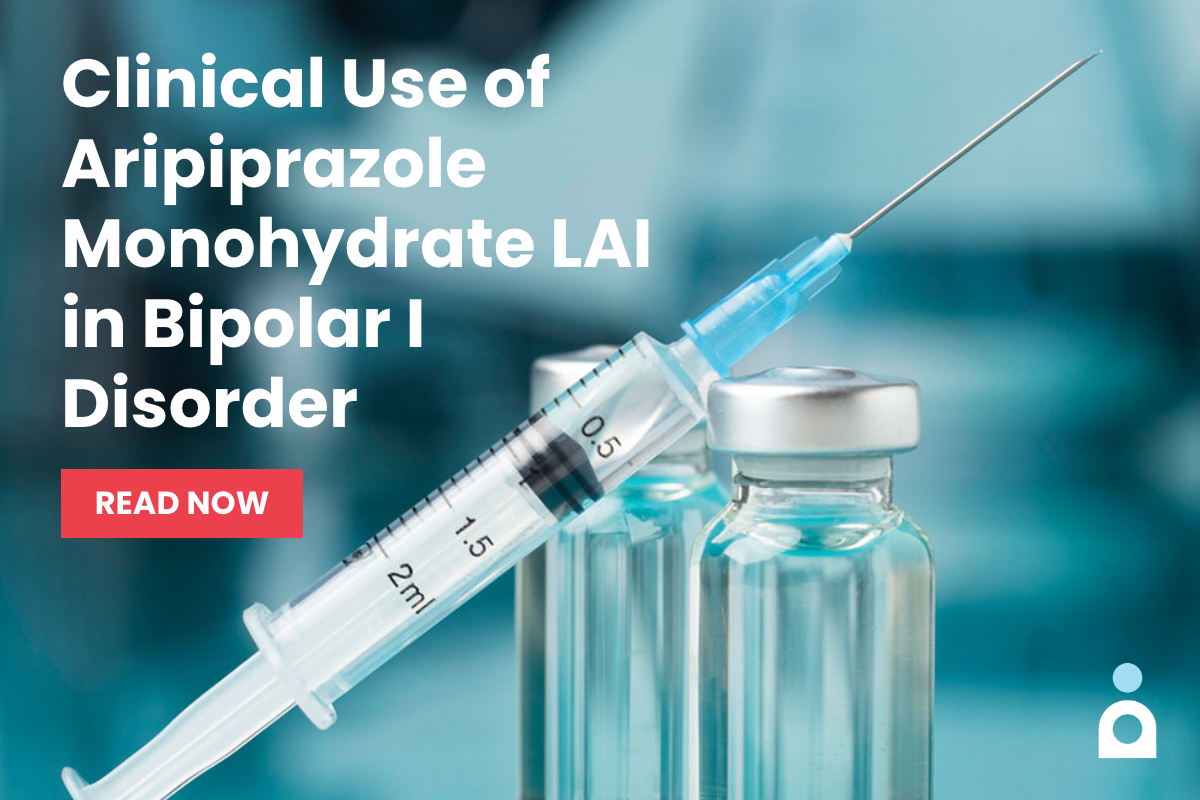Recently, there has been increased interest in the impact and treatment of anxiety disorders. However,one type of anxiety disorder, generalized anxiety disorder (GAD), has received less attentionthan other disorders, such as panic disorder, despite the prevalence and amenability of this disorder totreatment in the primary care setting. Rates of GAD have been found to be between 2.8% and 8.5%,with a median prevalence of 5.8%—at least twice the rate reported in the National Comorbidity Survey.Up to one third of patients presenting to primary care clinics with somatic complaints had a moodor anxiety disorder. Generalized anxiety disorder is linked to the overuse of medical services: emergencydepartment visits, hospitalizations, diagnostic and laboratory tests, pharmacy costs, and so on.Recognition of anxiety and depression in primary care is poor, with only 23% of pure anxiety casesbeing recognized compared with 56% of depression cases. The various stakeholders (patients, familymembers, employers, and insurers) in a patient’s outcome often complicate treatment of anxiety. Barriersto effective treatment include time constraints, acute disease orientation of most care systems,lack of planned follow-up and monitoring, and relative unavailability of specialist access. The collaborativecare approach is designed to overcome these barriers. With this approach, the patient is providedwith additional educational materials, physicians are supported by physician extenders (nurses,social workers, or expert consultants) who provide case-based feedback, follow-up, extra visits, andtelephone calls to patients. Providing efficacious treatment to primary care for GAD will require improvingknowledge of providers and increasing patient engagement.
This PDF is free for all visitors!

